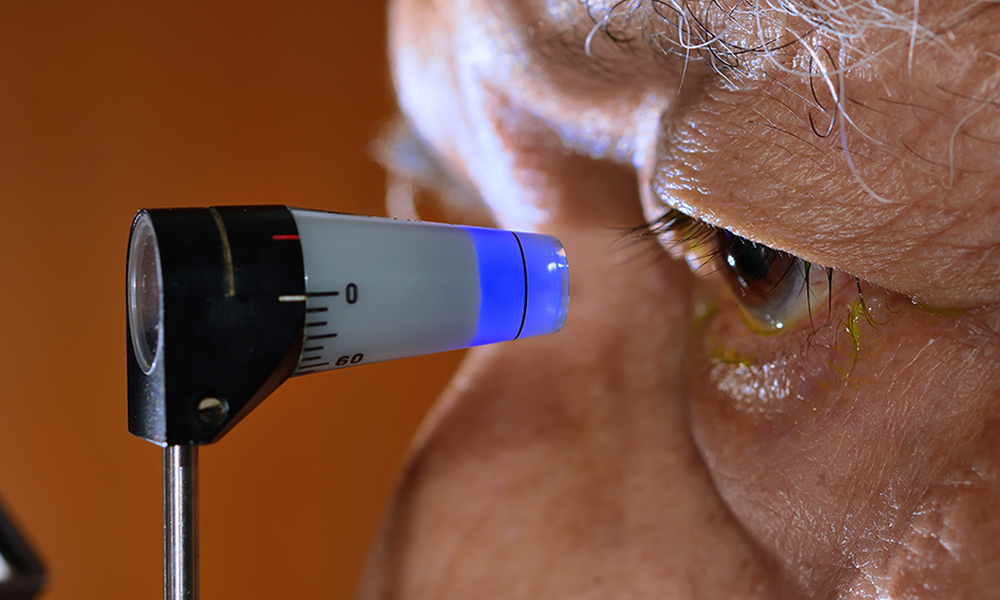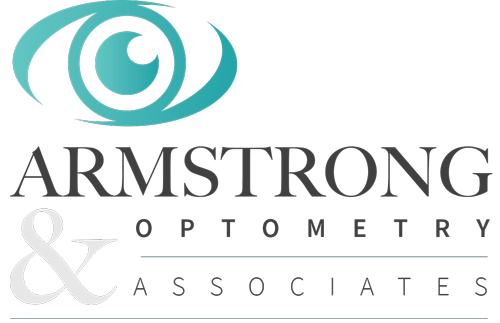Glaucoma Testing and Management
Pressure That Damages Eyes
Like several prolific eye diseases, such as age-related macular degeneration or cataracts, glaucoma usually presents without any visible symptoms in the early stages. The disease starts by subtly targeting your peripheral vision, and many sufferers do not notice their limited eyesight until they are virtually tunnel blind.
Combined with a lack of pain, it’s virtually impossible to know whether or not you are developing the disease. That is, it’s impossible for you to figure it out on your own. The biggest indicator of glaucoma is usually elevated intraocular (inner eye) pressure, however there are a variety of tests we will use to irrefutably diagnose the condition.

What to Know
Early Diagnosis Important
There is no cure for glaucoma, so generally, the best results are when a patient is diagnosed early (thanks to an annual eye exam) and takes appropriate measures to limit the progression of the disease. In some cases, progression can halt completely for years, though it varies from patient to patient.
Lowering Pressure is Key
Our main course of action involves lowering the intraocular pressure. This decreases the load on the optic nerve and generally stabilizes the condition. Depending on your specific case, we may prescribe eye drops, pills or laser surgery as treatment. We will also have you in regularly for check-ups to ensure that the conditioning is, at the least, progressing very slowly.
Who Is At Risk
- are over age 40
- have family members with glaucoma
- are of African, Hispanic, or Asian heritage
- have high eye pressure
- are farsighted or nearsighted
- have had an eye injury
- use long-term steroid medications
- have corneas that are thin in the center
- have thinning of the optic nerve
- have diabetes, migraines, high blood pressure, poor blood circulation or other health problems affecting the whole body
How We Test
Our commitment to maintaining the latest diagnostic equipment means that we can spot tell-tale signs of glaucoma before your vision is severely affected.
This non-invasive process measures your inner eye pressure. You will feel a small amount of pressure on the eye, or a brief puff of air and no other discomfort.
There are various types of glaucoma, often depending on the angle at which the iris meets the cornea. If you have the disease, it should be either unusually wide and open, or unusually narrow. A custom contact lens is placed over the eye and acts as a mirror, allowing the optometrist to see whether it is an obtuse or acute angle.
This test – which examines the state of your optic nerve – uses controlled light and magnification to search for local damage. We may use dilation eye drops to increase the amount of visibility at the rear of the eye.
We measure the thickness of your cornea as this can influence our readings of intraocular pressure. It’s a very short, useful test that helps verify our diagnosis.
Since glaucoma attacks our peripheral vision, it’s important to assess the full range of your eyesight. With perimetry, we essentially infer a “map” of your visual field and see how advanced the disease has become.

